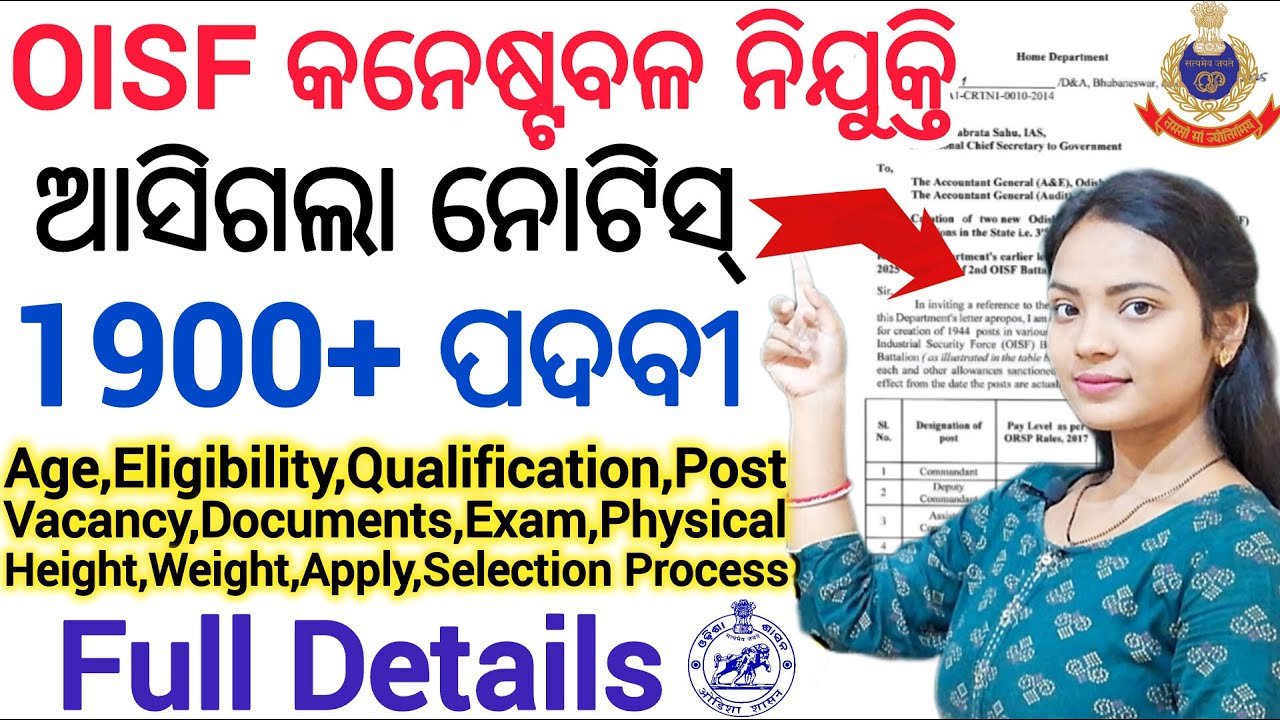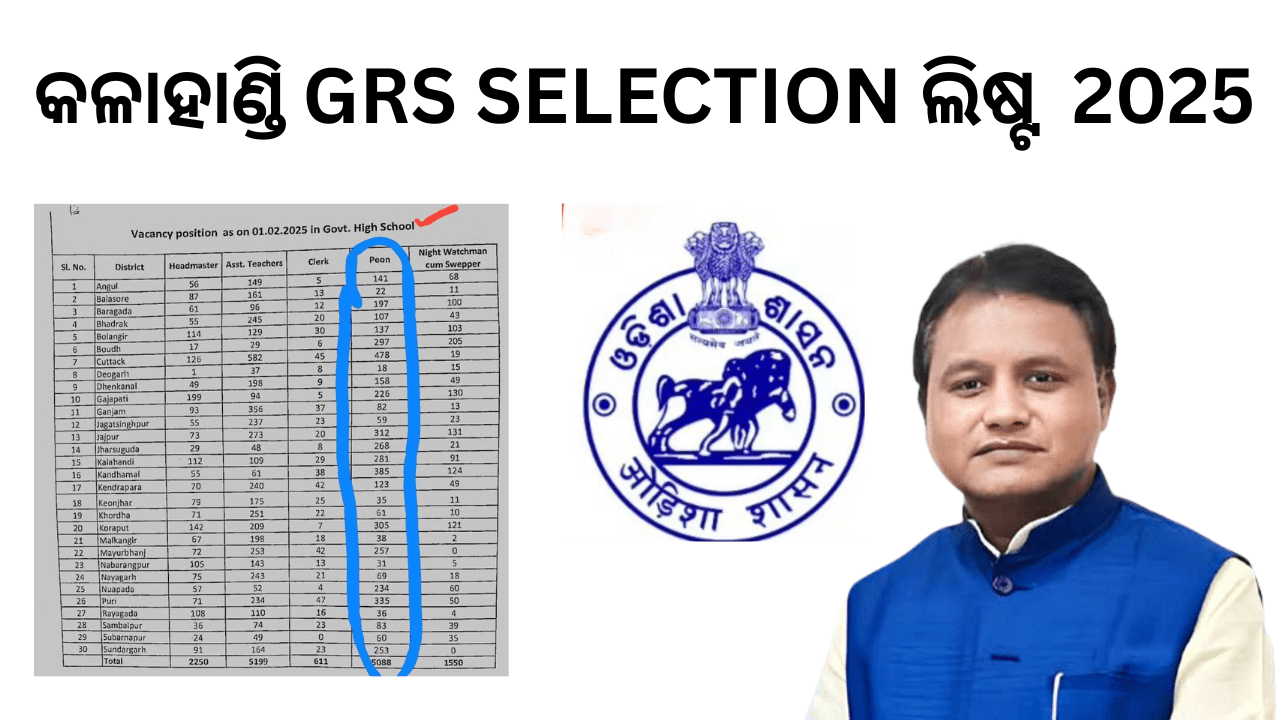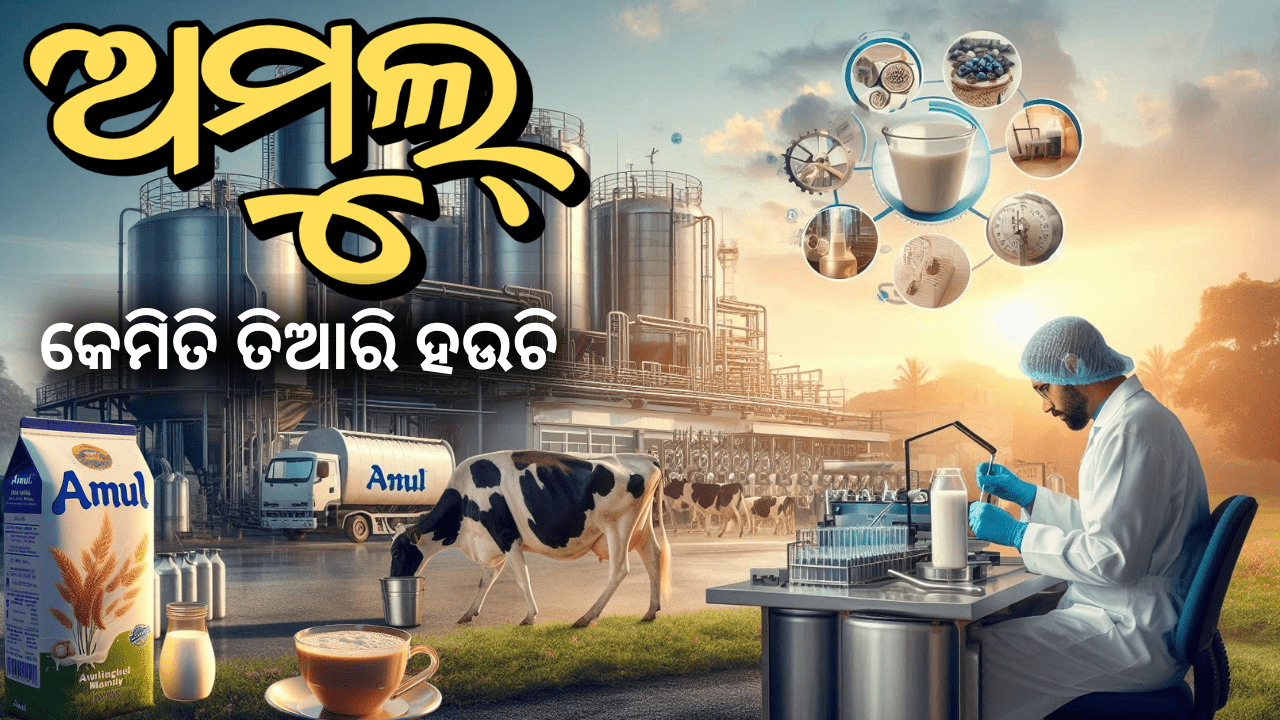how sugar is manufactured in India, synthesized from multiple sources: Here is a detailed explanation
Table of Contents
Toggle1. Cultivation & Harvesting
- Sugarcane Planting: Sugarcane is planted thrice annually (October, March, July) depending on regional climates. Uttar Pradesh and Maharashtra account for ~70% of India’s sugarcane production due to fertile soil and river systems.
- Harvesting: Mature sugarcane (10-12 months old) is cut manually or using mechanized harvesters. The crop is transported to mills within 24-48 hours to prevent sucrose degradation.
2. Initial Processing at Sugar Mills
- Cleaning: Stalks are washed to remove dirt and debris, then shredded into smaller pieces.
- Grinding: Shredded cane passes through heavy rollers in a milling tandem, extracting ~95% of the juice. Residual fiber (bagasse) is used as biofuel for mill boilers.
- Juice Extraction: The extracted juice contains 10-15% sucrose, along with water, organic acids, and impurities.
3. Juice Purification
- Clarification: Lime (calcium hydroxide) and carbon dioxide are added to neutralize acids and coagulate impurities. The mixture is heated to 100–110°C, forming a sludge (press mud) that is filtered out. Press mud is repurposed as fertilizer.
- Sulphitation: Some mills use sulfur dioxide to bleach the juice, ensuring a white color in the final product.
4. Evaporation & Crystallization
- Evaporation: Clarified juice is boiled in multi-effect evaporators under vacuum to concentrate it into syrup (65–70% sucrose). This reduces energy consumption by reusing steam.
- Crystallization: The syrup is further concentrated in vacuum pans, where sugar crystals nucleate and grow. Seed crystals are added to control crystal size.
- Centrifugation: The massecuite (crystal-syrup mix) is spun in centrifuges to separate raw sugar crystals from molasses. Molasses is used for ethanol production or cattle feed.
5. Refining & Packaging
- Drying: Raw sugar is dried using hot air to reduce moisture to <0.5%.
- Refining: For white sugar, raw sugar is dissolved, filtered through activated carbon or bone char, and recrystallized. Khandsari (semi-refined sugar) skips this step.
- Packaging: Refined sugar is packed into bags (50–100 kg) for bulk sale or smaller retail packs.
By-Products & Sustainability
- Bagasse: Used as biofuel for mills or sold to paper/board industries.
- Molasses: Diverted to ethanol production (3.8 million tonnes in 2024–25) under India’s ethanol-blending program.
- Press Mud: Enriched with nutrients, it is used as organic fertilizer.
- Energy Generation: Many mills are energy self-sufficient and sell surplus electricity to the grid.
Technological Advancements
- Automation: ERP systems and IoT sensors optimize milling efficiency and real-time data sharing with government portals.
- Precision Farming: Drones and soil sensors improve crop yields.
- Ethanol Integration: Dual-use mills now divert sugarcane juice/syrup directly to ethanol production, reducing sugar oversupply.
Challenges & Trends
- Ethanol Diversion: 3.75 million tonnes of sugar were diverted to ethanol in 2024–25, reducing sugar output to 25.8–27.25 MMT.
- Climate Impact: Erratic monsoons and droughts (e.g., Maharashtra’s 27% production drop in 2024–25) affect cane availability.
- Policy: The Sugar (Control) Order, 2025 regulates prices, raw sugar inclusion, and by-product tracking.
Conclusion
India’s sugar industry combines traditional practices with modern technology, emphasizing sustainability through by-product utilization and ethanol integration. The process—from cane cultivation to crystallization—is labor-intensive but increasingly efficient, supported by government policies and cooperative mill structures. For further details, refer to sources like FAO reports and Indian Sugar Mills Association.






